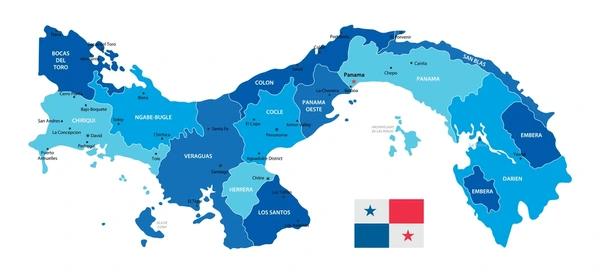¡Fiestas y tradiciones! (Celebrations and Traditions!)
Welcome to Week 5: ¡Fiestas y tradiciones! (Celebrations and Traditions!)
Building on Week 4’s adventures in travel, Week 5 dives into the vibrant world of Spanish celebrations and cultural traditions. We’ll explore how Spanish speakers commemorate special occasions, holidays, and cultural events, enriching your understanding of the Hispanic world.

¡Vámonos de fiesta! (Let’s party!)
Theme: Celebrations and Traditions Goals:
- Learn vocabulary related to holidays, festivals, and cultural events.
- Practice using verbs associated with celebrating and participating in traditions.
- Explore cultural customs and traditions from various Spanish-speaking countries.
- Gain insight into the importance of cultural heritage in the Spanish-speaking world.
- Engage in conversations about personal celebrations and cultural experiences.
Words & Phrases:
- Celebrations: fiesta (party), cumpleaños (birthday), boda (wedding), Navidad (Christmas), Año Nuevo (New Year’s), Día de Muertos (Day of the Dead), Carnaval (Carnival)
- Traditions: tradición (tradition), costumbre (custom), celebrar (to celebrate), participar (to participate), bailar (to dance), cantar (to sing), comer (to eat), beber (to drink)
- Culture: cultura (culture), herencia cultural (cultural heritage), historia (history), costumbres típicas (typical customs), arte (art), música (music)
- Other: me fascina (I love), ¿Cómo celebran…? (How do they celebrate…?) , ¡Feliz cumpleaños! (Happy Birthday!), ¡Salud! (Cheers!)
Activities:
Warm-up: Play a guessing game where students act out different cultural celebrations and traditions from Spanish-speaking countries. The class tries to guess the celebration.
Vocabulary Practice: Research a traditional celebration from a Spanish-speaking country of your choice. Create a presentation in Spanish showcasing the event’s significance, customs, and typical foods.
Cultural Exchange: Partner up with a classmate from a different cultural background. Interview each other about how you celebrate birthdays, holidays, and other special occasions in your respective cultures. Share your findings with the class.
Fiesta Time!: Plan a mini-fiesta in class to celebrate a traditional Hispanic holiday like Cinco de Mayo or Posadas. Decorate the classroom, prepare some traditional snacks, and learn some popular music or dances associated with the celebration.
Debate: Hold a debate in Spanish about the importance of preserving cultural traditions in today’s world. Students can argue for or against the statement “Traditions are outdated and should be replaced with new customs.”
Bonus: Research a famous Spanish artist, musician, or writer and present their work to the class, highlighting how their art reflects the cultural heritage of their country.
Remember: Keep practicing your Spanish daily! Immerse yourself in the world of Hispanic celebrations by watching Spanish-language movies or TV shows depicting cultural events. Look for opportunities to use your new vocabulary when talking about your own traditions or those you encounter in daily life.
¡Hasta la próxima semana! (See you next week!) Week 6 will introduce you to the wonderful world of shopping in Spanish.
Additional Tips:
- Use visuals like pictures, videos, or music to bring cultural celebrations to life in the classroom.
- Encourage students to bring in traditional objects or foods from their own cultural backgrounds to share with the class.
- Organize field trips to local cultural centers or museums to explore Hispanic heritage firsthand.
- Make learning about traditions fun and interactive by incorporating games, role-playing activities, and group projects.
By the end of Week 5, you’ll have a deeper appreciation for the rich tapestry of celebrations and traditions that define the Spanish-speaking world. ¡Felices Fiestas! (Happy Celebrations!)

